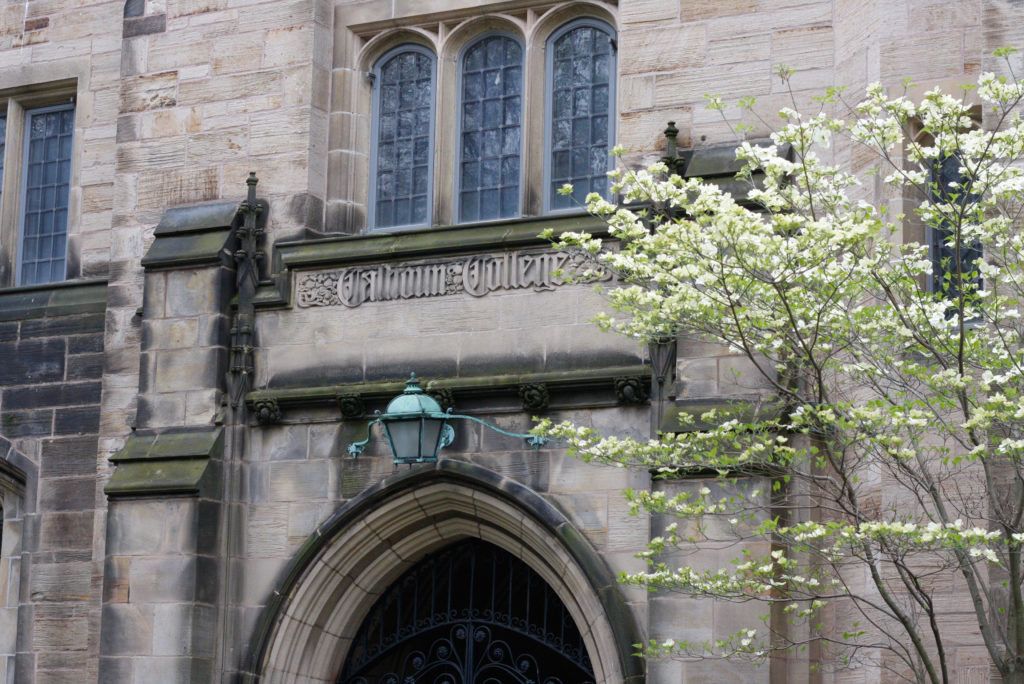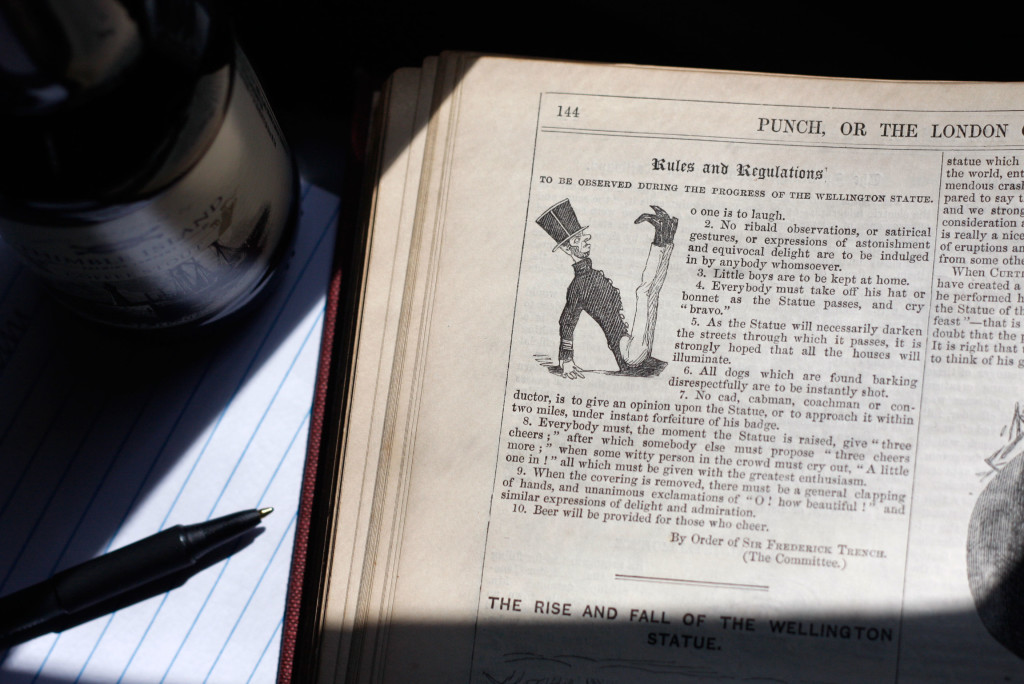Have a drink with: Halloween hooligans
Trick or treat, smell my feet…
Ask them about: Mayhem, outhouses, peanut scramble.
It was 1933, and Charles J. Dalthorp had had it. Writing in the Journal of Education in 1937, the superintendent of schools in Aberdeen, South Dakota, bemoaned the Halloween holiday and its attendant juvenile warfare. Describing the aftermath of the day he calls “Hell-o-e’en” (get it?), he writes that the police in Aberdeen are, plainly: “out-generaled, out-manoeuvred, and finally view the results of battle in large property losses, a complaining citizenry, and a smug but triumphant army of boys who have outguessed the law enforcement agencies.”
Surely he’s overreacting, right? This must be the sort of pearl-clutching exaggeration one expects from days gone by. What adorable mischief did the little scamps get up to?
[I]n 1932, the grand and glorious Hallowe’en brought general property damage in excess of five thousand dollars, and left the streets and avenues in the city strewn with 135 truckloads of junk and refuse.
Um.
All of this occurred in a town with a population of less than 18,000 people.
Suffice it to say helicopter parenting was not a thing in the 1930’s.



